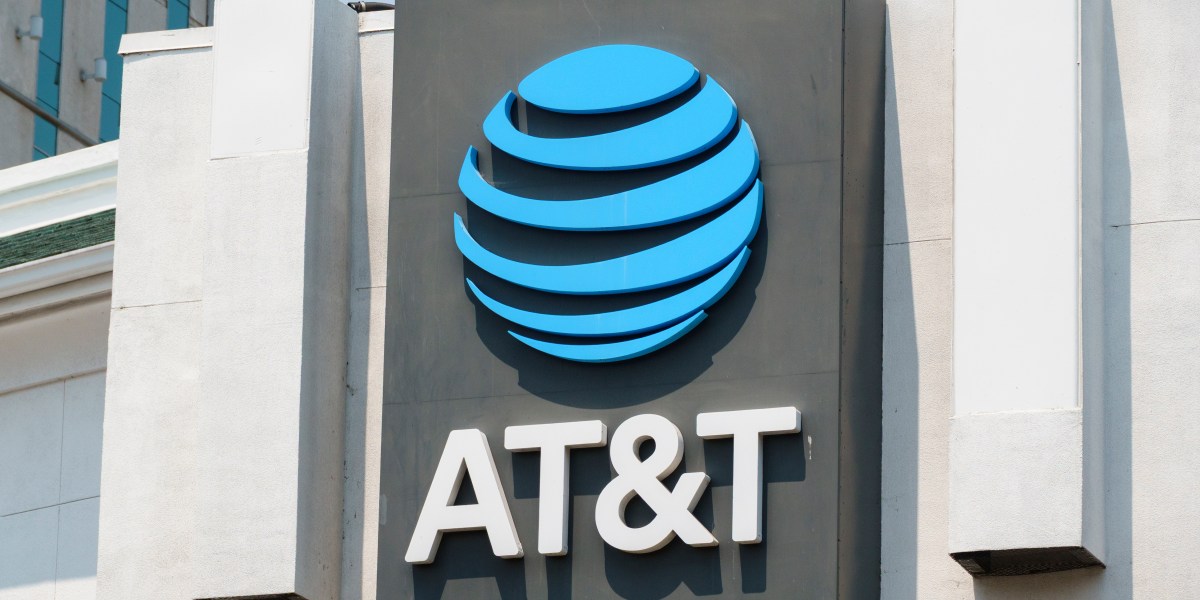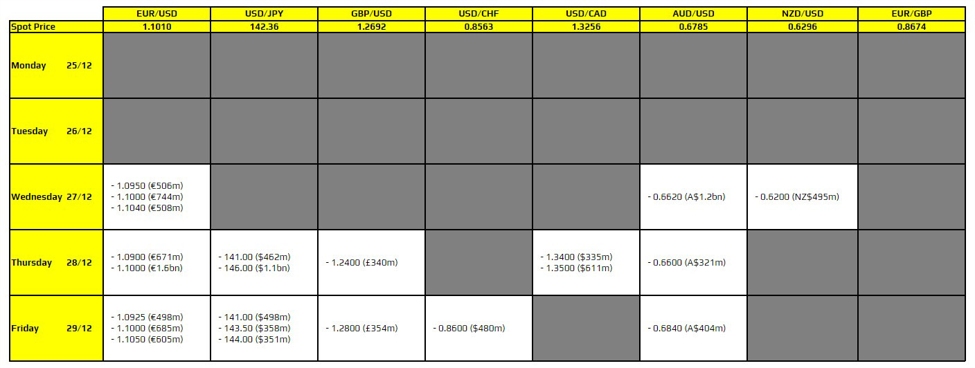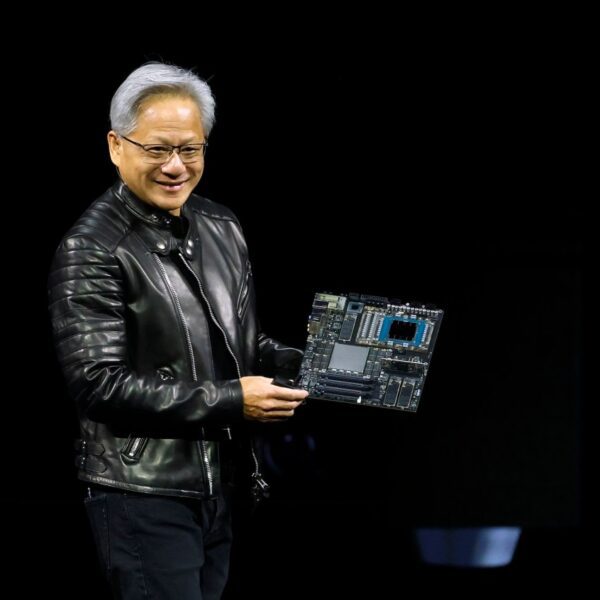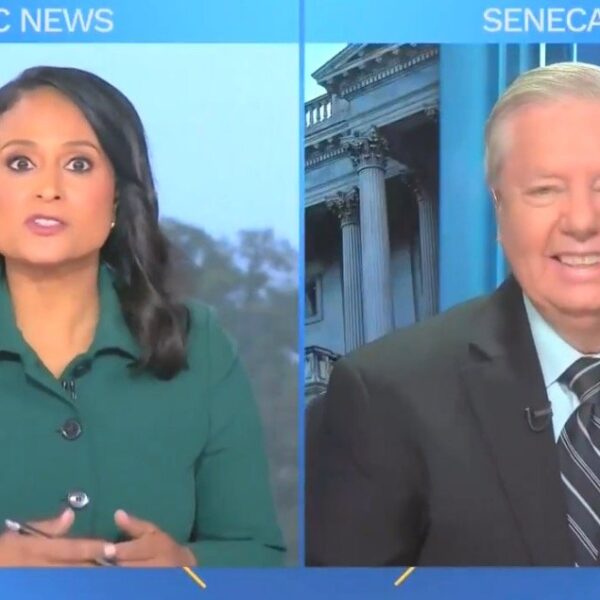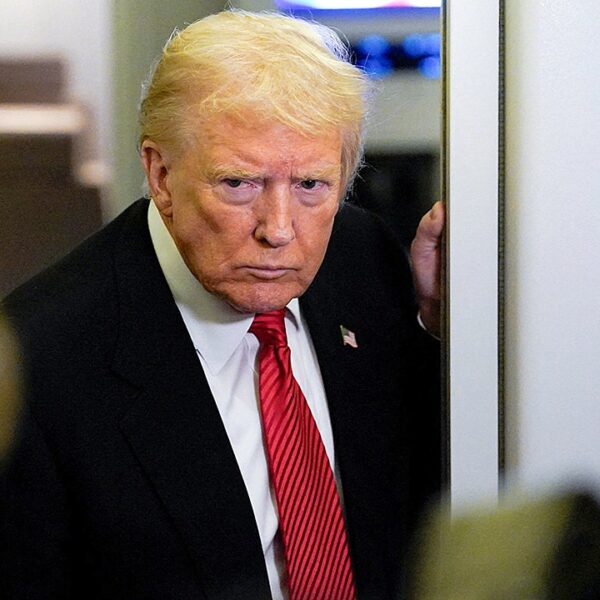
Good morning. Telecommunications giant AT&T has made a major deal to accelerate its fiber and 5G network buildout.
AT&T (No. 37 on the Fortune 500) announced on Tuesday it agreed to purchase a set of wireless licenses from EchoStar for about $23 billion in cash, subject to certain adjustments. The transaction is expected to close in mid-2026.
These licenses cover more than 400 markets across the U.S. and are intended to strengthen AT&T’s low-band and mid-band spectrum holdings. The company plans to deploy these mid-band licenses, which are compatible with its 5G network, as soon as possible. AT&T continues to invest heavily in expanding its 5G network amid fierce industry competition.
The companies also expanded their wholesale network agreement, allowing EchoStar to operate as a hybrid mobile network operator using the Boost Mobile brand. AT&T will remain EchoStar’s primary network partner as EchoStar continues to serve wireless customers.
For EchoStar, the deal alleviates Federal Communications Commission (FCC) pressure regarding unused spectrum and eliminates uncertainty around its 5G buildout requirements.
“EchoStar and Boost Mobile have met all of the FCC’s network buildout milestones,” said Echostar co-founder and chairman Charlie Ergen in a statement. “However, this spectrum sale to AT&T and the hybrid MNO (mobile network operator) agreement are critical steps toward resolving the FCC’s spectrum utilization concerns.”
Before this deal was announced, EchoStar’s market cap was approximately $8.6 billion. On Tuesday, it surged to about $14.5 billion.
To learn more, I reached out to Pascal Desroches, AT&T’s senior EVP and CFO, who shared his perspective on the deal in an email exchange.
AT&T agreed to pay almost three times EchoStar’s entire market cap for these spectrum assets. Can you explain the valuation logic behind the purchase price relative to EchoStar’s market value, and how shareholders should think about the return on this investment?
Desroches: This is a great deal for AT&T and its shareholders, and it furthers our goal of becoming America’s best connectivity provider. With this spectrum acquisition, we will generate an attractive return, driving long-term and sustainable shareholder value. In particular, we expect this transaction will drive incremental service revenues (including fixed wireless revenues, mobility revenues and fiber revenues) and adjusted EBITDA within the first 24 months of deal close and be accretive to adjusted EPS and FCF thereafter.
As CFO, do you view M&A, even in times of uncertainty, as an opportunity for innovation?
Desroches: When we consider M&A, our goal is to determine whether we can deliver an attractive return on the assets acquired and help further our goal of being the best connectivity company in America. Historically, the companies that have built the best networks win. Our continued efforts to modernize our wireless network, expand where we offer fiber, and the recent moves we’ve made—both today’s spectrum acquisition and our announced Lumen Mass Markets fiber transaction—position us well relative to our peers to meet future connectivity demand, and to be the best connectivity company in America.
Do you think regulators will approve this deal?
Desroches: This transaction is good for both consumers and competition across our industry, which aligns with the administration’s priorities. The additional spectrum will enhance our network performance and the customer experience by putting fallow spectrum to use and supporting growing demand for reliable, high-speed connectivity for consumers, businesses, and first responders now and into the future.
Sheryl Estrada
[email protected]
Leaderboard
Kalani Reelitz was appointed CFO of Sedgwick, a risk and claims administration partner. Reelitz succeeds Henry Lyons, Sedgwick’s CFO since 2015, who will retire later this year. Reelitz brings more than 20 years of experience to the company. He previously served as CFO at Compass, where he oversaw the entire range of accounting and finance functions. Since November of 2023, Reelitz served as the company’s de facto chief operating officer. Before Compass, he held roles at Cushman & Wakefield and Walgreens.
Big Deal
“The Corporate Hedging Monitor Q2 2025,” newly released by MillTech, finds that 62% of companies surveyed across the U.S. and U.K. have suffered losses from FX market volatility so far this year.
Taking a look at Q2, a weakening U.S. dollar resulted in significant volatility, which is markedly impacting corporate hedging decisions, according to the findings. While hedge lengths remained steady quarter over quarter, hedge ratios (the percentage of exposure protected from risk) rose to 57%—the highest level MillTech has recorded since tracking began over a year ago.
U.S. hedge ratios increased to 61% in Q2 from 39% in Q1 2025. Half of the firms reported a negative impact from dollar weakness, while 47% reported a positive impact.
Meanwhile, U.K. firms (56%) were more likely to experience a negative impact from the weaker dollar than U.S. firms (47%). Central bank policy was cited as the biggest external factor influencing hedging decisions. Hedge lengths remain roughly the same, averaging 6.5 months.
“With diverging interest rate trajectories, particularly between the U.S. Federal Reserve, ECB, and Bank of England, CFOs shifted their attention to monetary signals, recalibrating hedging strategies around policy expectations rather than short-term price swings,” Eric Huttman, CEO of MillTech, writes in the report.
The findings are based on a survey of 250 senior finance decision-makers—including CFOs and treasurers—at U.S. and U.K. companies with market capitalizations ranging from $50 million up to $1 billion.
Going deeper
“Nvidia’s moment of truth: With AI bubble fears and China uncertainty, global markets brace for Nvidia earnings” is a report by Fortune‘s Sharon Goldman.
From the report: “Nvidia’s earnings aren’t just about Nvidia anymore. The $4 trillion chipmaker’s quarterly financials have become a litmus test for the AI boom—and, by extension, for the whole stock market. Constituting 8% of the market cap-weighted in the S&P 500 Index and with an unrivaled grip on the chips that power generative AI, Wall Street now treats Nvidia’s results more like a macroeconomic indicator than as a report card on a single company. The earnings announcement has even become a cultural phenomenon, complete with watch parties. Investors are bracing for the company’s latest quarterly results due after Wednesday’s market close.” Read the complete report here.
Overheard
“It’s very unique. It’s not something you’ll see on anyone else’s hand.”
—Benjamin Khordipour, a jewelry expert at New York City–based Estate Diamond Jewelry, told Fortune regarding the engagement ring chosen by Kansas City Chiefs tight end Travis Kelce to propose to superstar Taylor Swift. Khordipour estimated the diamond likely cost around $550,000. Kelce worked with Kindred Lubeck of Artifex Fine Jewelry to design the ring. Their engagement was announced in an Instagram post on Tuesday.

